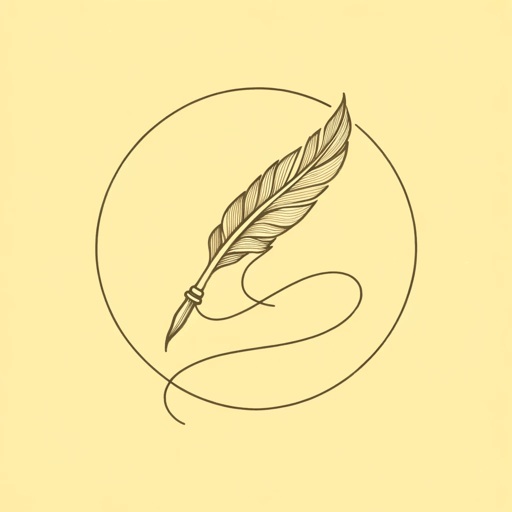36 pages • 1 hour read
Lee SmithFair and Tender Ladies
Fiction | Novel | Adult | Published in 1988A modern alternative to SparkNotes and CliffsNotes, SuperSummary offers high-quality Study Guides with detailed chapter summaries and analysis of major themes, characters, and more.
Symbols & Motifs
Poetry
Ivy starts out life as a dreamer who loves to read, and she makes frequent references in her early writing to poems and stories that she particularly loves. Sometimes she uses quotes, but often she either casually mentions poems in passing as normal parts of sentences or relates entire lengthy stories that she’s been told and finds memorable. As Ivy ages and has children—and therefore no more time to read—she ceases referencing poetry for the most part. Her affinity for poetry comes back somewhat during her affair with Honey Breeding, as he stirs her dormant imagination and shares stories with her like some of her favorite adults used to when she was a child. Towards the end of her life, Ivy becomes a storyteller for her grandchildren, filling the role her aunts and favorite older friends filled for her. In her final letter, as she starts to fade, Ivy’s writing again leans toward the poetic, recalling stories once again and becoming a stream-of-consciousness recollection of fragments of her life.
The Wear and Tear of Life
Starting very early in Part 1 with John Arthur’s heartsickness, Smith repeatedly describes characters in the novel as being worn out by life. Ivy describes both of her parents as shells of their former selves, observing how small and lifeless each of them seems in the time leading up to their respective deaths.

